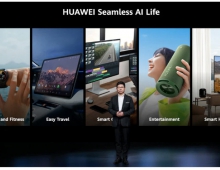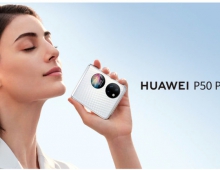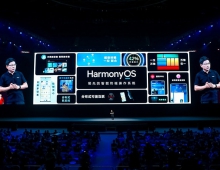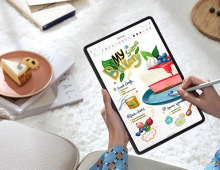
Top Three Chinese Brands Continue to Increase Combined Smartphone Market Share
Global sales of smartphones to end users totaled 380 million units in the first quarter of 2017, a 9.1 percent increase over the first quarter of 2016,and China's Huawei has narrowed the gap with its two biggest competitors Apple and Samsung Electronics.
According to first-quarter data released on Tuesday from research firm Gartner, mobile phone buyers are spending more to get a better phone, resulting in the rise in average selling prices of types of phone. The shift in buyer preference is positively affecting Chinese manufacturers such as Huawei, Oppo and Vivo in their strategy to build desirable features at affordable prices. Their combined market share in the first quarter of 2017 accounted for 24 percent, up 7 percentage points year on year.
Worldwide Smartphone Sales to End Users by Vendor in 1Q17 (Thousands of Units)
Vendor |
1Q17 Units |
1Q17 Market Share (%) |
1Q16 |
1Q16 Market Share (%) |
Samsung |
78,671.4 |
20.7 |
81,186.9 |
23.3 |
Apple |
51,992.5 |
13.7 |
51,629.5 |
14.8 |
Huawei |
34,181.2 |
9.0 |
28,861.0 |
8.3 |
Oppo |
30,922.3 |
8.1 |
15,891.5 |
4.6 |
Vivo |
25,842.2 |
6.8 |
14,001.0 |
4.0 |
Others |
158,367.7 |
41.7 |
156,654.2 |
45.0 |
Total |
379,977.3 |
100.0 |
348,224.2 |
100.0 |
Source: Gartner (May 2017)
Samsung's smartphone sales declined 3.1 percent in the first quarter of 2017. "Although Samsung announced that preorders for the Galaxy S8 and S8 Plus are up 30 percent year over year, the absence of an alternative to Note 7 and the fierce competition in the basic smartphone segment are leading Samsung to continuously lose market share," said Anshul Gupta, research director at Gartner. "Sales of iPhones were flat, which led to a drop in market share year over year. Similar to Samsung, Apple is increasingly facing fierce competition from Chinese brands Oppo and Vivo, among others, and its performance in China is under attack."
Apple's market share dropped to 13.7 percent from 14.8 percent. The first quarter of the year is Apple's weakest when sales dip after the holiday-heavy fourth quarter. Customers are also holding back on buying iPhones in anticipation of new models that will be launched later in the year.
Huawei edged closer to Apple with smartphone sales amounting to 34 million units in the first quarter of 2017. Despite its P9 and P9 Plus being available for more than a year now, both smartphones continued to sell well, positioning Huawei as a dominant brand in the consumer market. "Huawei has now steadily held the third spot in the worldwide ranking of smartphone vendors," said Mr. Gupta. "However, pressure is mounting as its counterparts in China are catching up."
Oppo is continuing to catch up with Huawei. With a 94.6 percent increase in worldwide smartphone sales in the first quarter of 2017, Oppo achieved the best performance of the quarter and retained the No. 1 position in China. "Oppo continued to rally sales through a large network of brick-and-mortar retailers, beating market incumbents such as Samsung and Huawei," said Mr. Gupta. Oppo's strategy - centered on the camera, fast charging and offline retail - has helped it grow smartphone sales in the international market.
Meanwhile, Vivo sold almost 26 million smartphones and achieved a market share of 6.8 percent, which helped it achieve growth of 84.6 percent in the first quarter of 2017. "Vivo saw growing demand of its smartphones from the emerging markets in Asia/Pacific, including India, where sales grew over 220 percent thanks to its increased brand appeal and high-quality smartphones," said Mr. Gupta.
Worldwide Smartphone Sales to End Users by Operating System in 1Q17 (Thousands of Units)
Operating System |
1Q17 |
1Q17 Market Share (%) |
1Q16 |
1Q16 Market Share (%) |
Android |
327,163.6 |
86.1 |
292,746.9 |
84.1 |
iOS |
51,992.5 |
13.7 |
51,629.5 |
14.8 |
Other OS |
821.2 |
0.2 |
3,847.8 |
1.1 |
Total |
379,977.3 |
100.0 |
348,224.2 |
100.0 |
Source: Gartner (May 2017)
In the smartphone operating system (OS) market, the battle is now clearly between Android and iOS. With other OSs struggling for momentum, Android grew its share by 2 percent. Growing acceptance of Chinese brands in the global markets, led by high-quality smartphones, is driving Android OS dominance. Moreover, with Google's announcement of Android Go - targeted at the entry-level smartphone market - the OS is heading for continued growth.





















